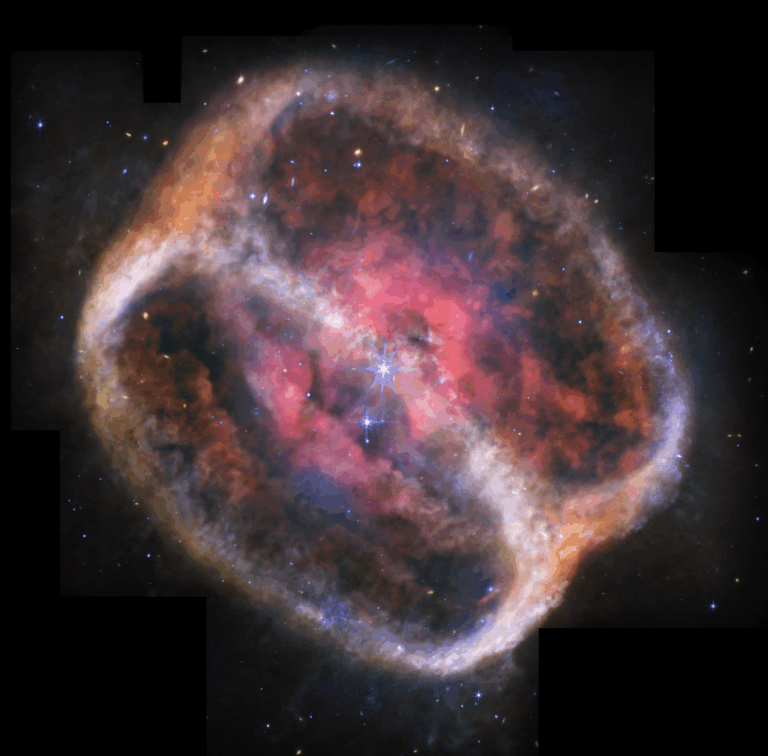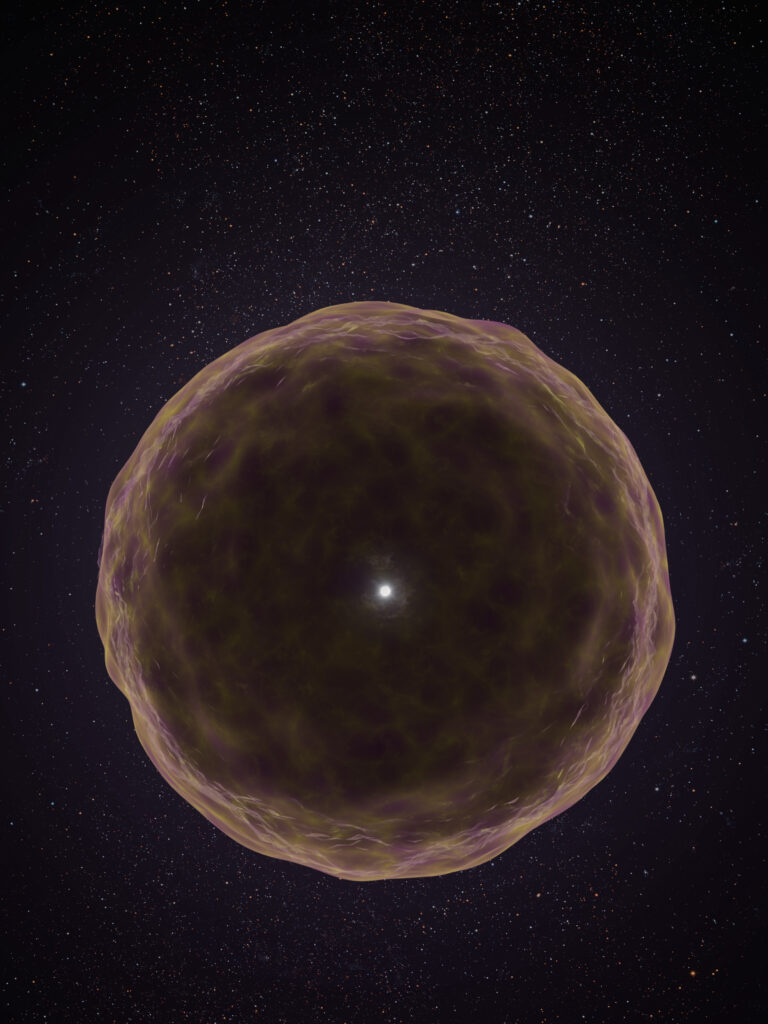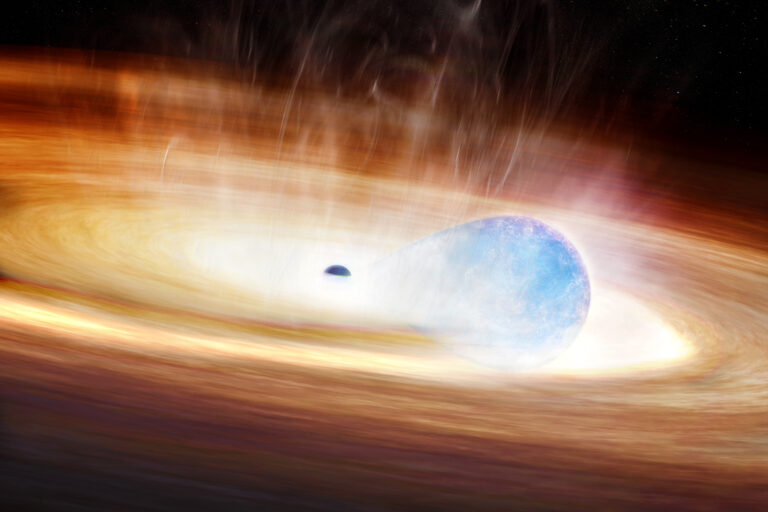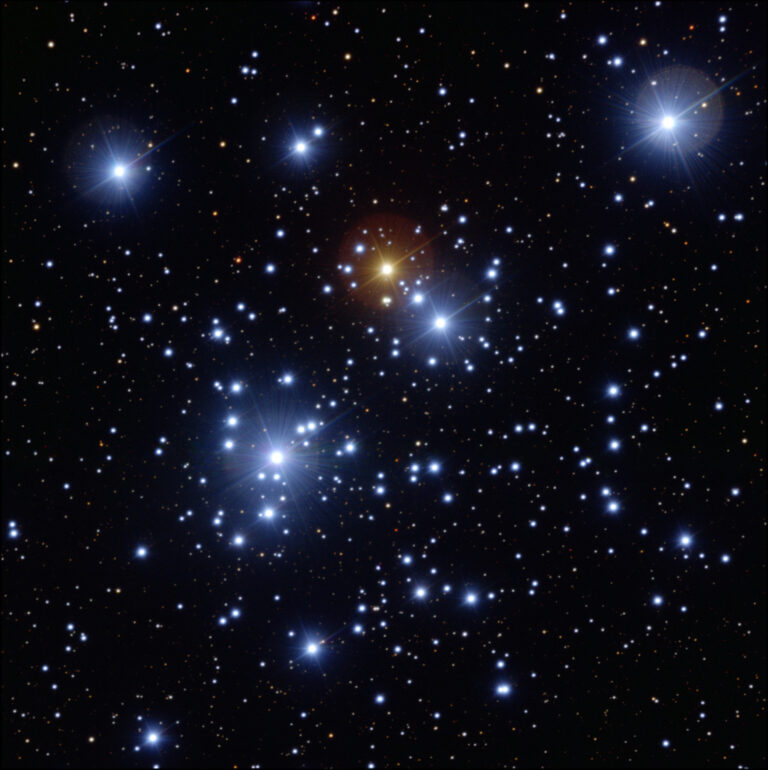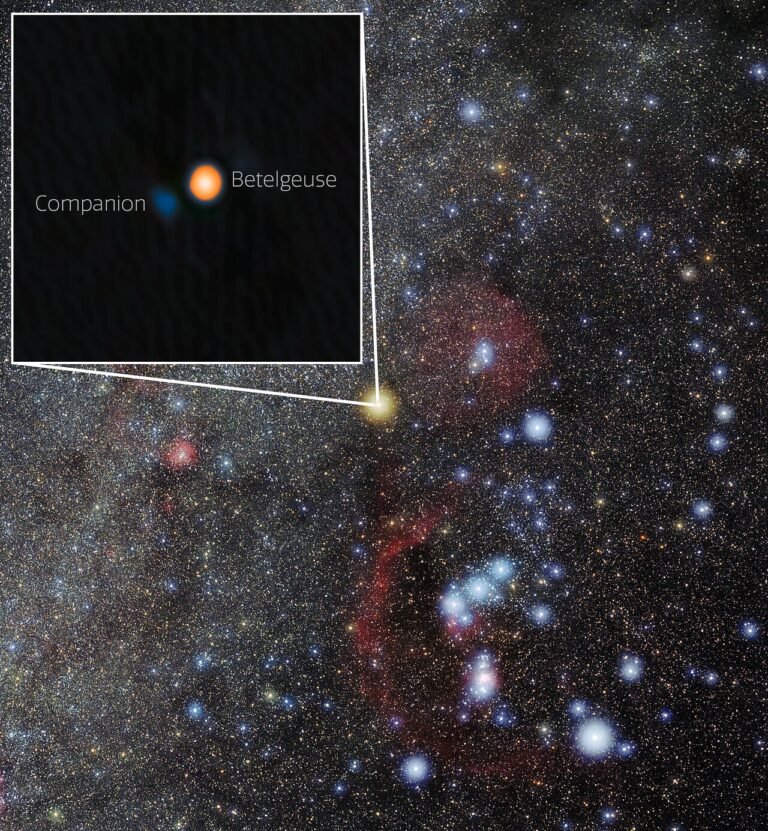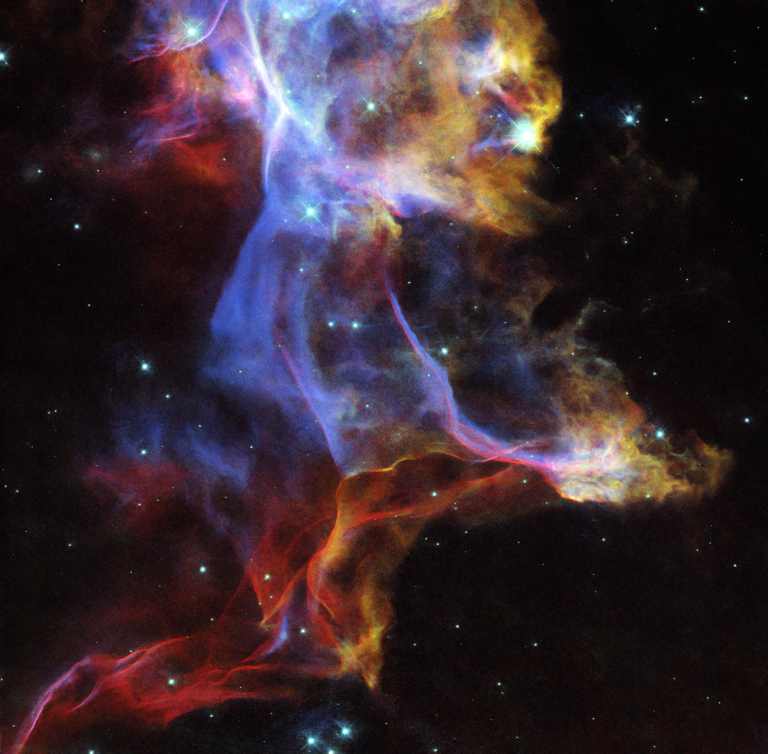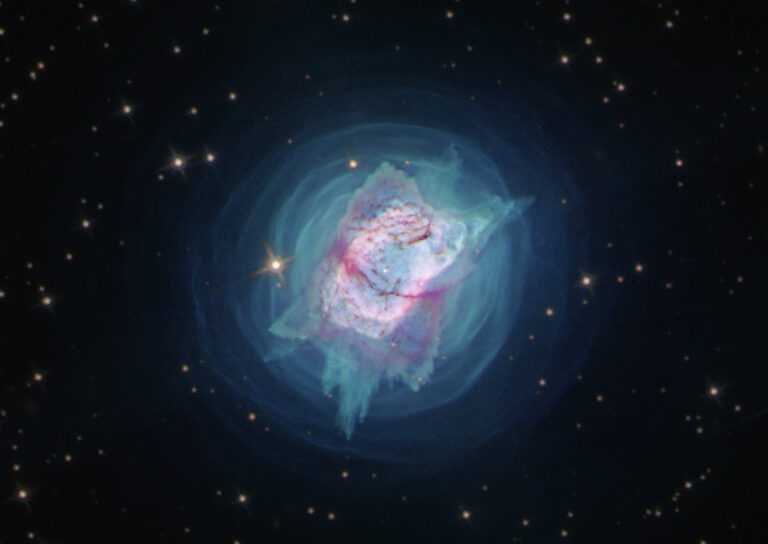Key Takeaways:
To answer these questions, we developed theories about the motions of the Sun and the Moon; we predicted eclipses and discovered the principles and laws that govern the natural world. Astronomy became part of our everyday life and our culture: We used stars to navigate our planet, tell us when to rotate our crops, and define our seasons. We incorporated starry nights and comets into our art. And early on, we noticed that some stars change their brightness in systematic ways. We recorded these stars in our most valuable historical and religious documents for posterity.
Variable star observers
Over time, astronomy became a profession for some and a hobby for others. Researchers started forming groups of like-minded enthusiasts to observe the sky, attend lectures, and discuss recent discoveries. Within those groups, they started discussing whether there was a way for those without formal preparation — amateur astronomers — to participate in scientific discovery.
Variable stars undergo brightness changes for reasons that are part of their nature and have nothing to do with cloud cover or flickering caused by Earth’s atmosphere. By continuously observing those changes, we can discover intrinsic properties of these stars, understand their mechanics, and derive the physical laws describing their behaviors.
The AAVSO has become an invaluable resource and enabler of this type of research. As scribed in our incorporation document, “the Corporation is constituted for the purpose of the promotion of Variable Star Astronomy and kindred objects.” This statement showcases the foresight of our founders, who recognized that variable stars could not be the only celestial objects that changed in brightness. They wanted to give flexibility to future researchers and observers, allowing them to participate in relevant research on any new and exciting discoveries using whatever means human ingenuity enabled.
Evolving technology slowly began to enrich these successful visual observations. In the years following World War II, the AAVSO started our Photoelectric Photometry program, encouraging members to use emerging technology to obtain high-precision data on bright variable stars. This dramatically increased the accuracy of observations for those stars and added a new component for AAVSO observers: It enabled them to acquire data using filters, including colors, as opposed to naked-eye only observations.
Community and communication
An essential part of the AAVSO has always been building an international community of individuals united under the umbrella of astronomy. The organization’s eagerly anticipated annual meetings, starting with the first one in November 1917, are places to exchange ideas, celebrate scientific results achieved with AAVSO data, build new friendships, and “geek out” together. In 1972, the AAVSO founded the Journal of the American Association of Variable Star Observers (JAAVSO) to disseminate information from scientific presentations given at the AAVSO meetings. The journal also welcomed content on variable star scientific discoveries, authored by both professional and amateur astronomers.
As the internet provided the means for immediate communication, mailed letters, paper alerts requesting observations, and telegrams were replaced by email groups, digital alerts, and online forums. Requested data became instantly available. Observers shared targets immediately and participated in animated discussions and clarifications on observing campaigns. Our international community started communicating in real time.
Keeping up with the times
By the last decade of the 20th century, instruments, filters, and larger telescopes had become even more affordable to citizen astronomers. In the 1990s, our observers started attaching CCD cameras to their telescopes, pushing their observing capabilities to ever-fainter objects. They began purchasing various filters to provide color information on stars of interest. And they started using DSLR cameras for data acquisition.
By the early 2000s, appropriate software tools became essential to extract photometry, access star-finding charts with suitable comparison stars, submit observations online, and discuss and publish results. The AAVSO adjusted to these new demands by focusing on our online presence and offered resources. We expanded our educational and training portfolio to include manuals disseminated through our website, online courses, and a peer-mentoring group. We also developed software to facilitate data analysis.
And the professional astronomical community’s trust in our work has only increased. More and more professional astronomers request AAVSO observers’ help to collect and analyze critical data for their research. We have joined high-profile international collaborations, including with the Transiting Exoplanet Survey Satellite (TESS) and the All Sky Automated Survey for SuperNovae (ASAS-SN). We have initiated two new databases — for exoplanets and for spectroscopy — to accommodate small telescope data for these fields and expand the impact of our observers’ data in these areas. And we are now accepting relevant data using the new generation of detectors: CMOS cameras. We are interested in exploring the use of such equipment, especially as manufacturers indicate they may begin phasing out support for CCDs.
Join us!
Astronomy is a scientific field where non-specialists can make a meaningful contribution to research with visible impact. If you have access to binoculars, a telescope, a DSLR camera, a CCD camera, or a spectrograph, join us. If you are interested in learning more about variable star work, register for our free webinars. If you are working on a project as part of your student coursework, publish it in the JAAVSO. If you want to learn how to observe with various techniques, we have all the necessary material to help you get started, and we will be by your side as you engage with the projects of your choice. Take advantage of our free resources. Join the conversations.
Whether you are an astronomy enthusiast, an observer, a learner, or an explorer, become a member and join our quest for knowledge. When it comes to understanding the cosmos, one of the only means we have in our hands is light — which, when studied the right way, can reveal a four-dimensional picture of some of the most dynamic and diverse phenomena in the universe!
Oct. 10, 2021, marks 110 years of the AAVSO’s work and contributions. It’s been 110 years of hard work, building a unique community of astro-enthusiasts who collectively explore the universe and actively participate in scientific discovery. Those individuals leave a rich legacy of knowledge and an outstanding personal contribution to science. Anyone can do it, and the AAVSO is here to help you start your journey exploring the stars. Join us!







